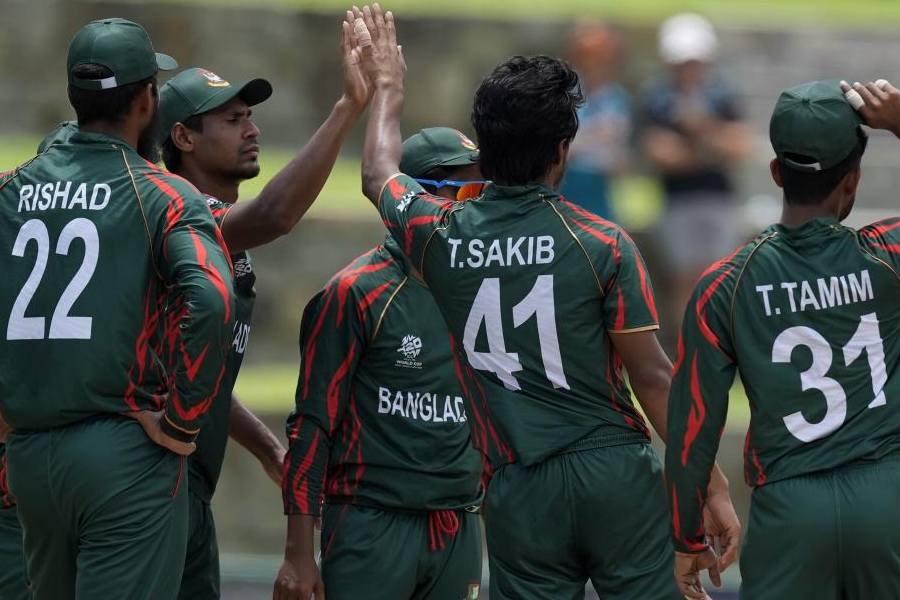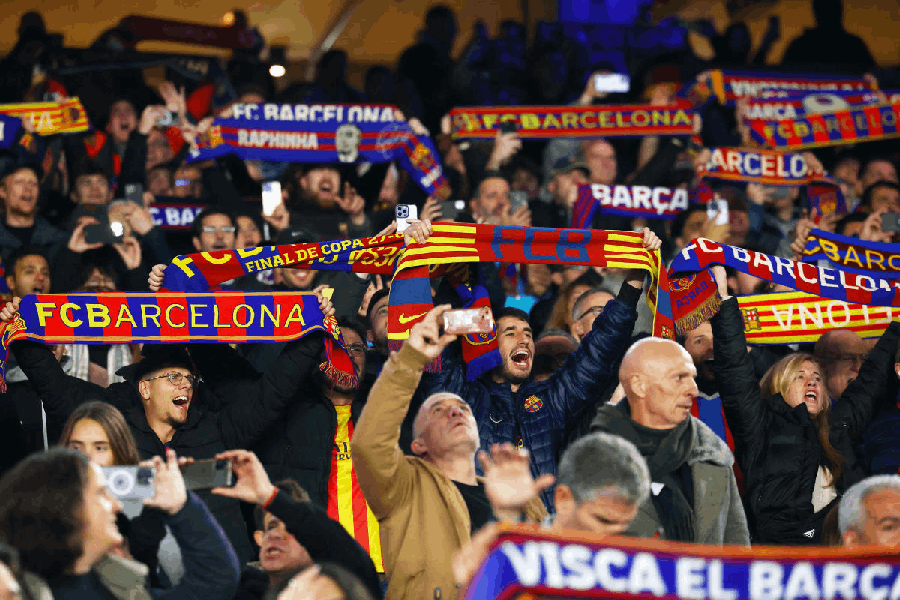.jpg)
It took the Iraqi Army nine months of bloody fighting to regain the city of Mosul from Islamic State fighters. This despite American air support and the fact that the IS was outnumbered 5:1. In this David vs Goliath fight, David may not have won but did give the Iraqi Army the run for its money. The victory at Mosul was possible because the Iraqi Army didn't forget the lessons learnt at nearby Kudilah. This 150-home village was defended by about 90 IS fighters who managed to hold at bay a few hundred of the Iraqi Army as well as the Peshmerga, the Kurdish army.
This is not the first time the Americans have had a bad experience with David; as far back as 1972, the modern and well-equipped US Army had to bow down to Vietcong guerrillas - armed with little more than determination and old fashioned weapons - and quit Vietnam.
So what are these Davids armed with that they can put giants on the run?
A recent study out in Nature Human Behaviour has found that people can take on more men and mightier arms nonchalantly - and even win - if they are motivated by strong beliefs. The Vietcong were protecting their country, the IS the so-called Caliphate. It is this belief in higher values that is the driving force for courageous frontline fighters, those who would rather die than give up. And it is not easy fighting such unreasonable people.
A collaborative research group from Britain, Canada, US, Spain and the scientific research group Artis International carried out field studies on frontline fighters from the Kurdistan Workers' Party, coalition forces from Peshmerga, Iraqi army, Arab Sunni militia soldiers and the US Army deployed across northern Iraq and, more importantly, IS fighters. If a soldier believed the cause he was fighting for was sacred and non-negotiable, forget his life, he would even be willing to sacrifice his family, and that made him a formidable opponent, says Scott Atran, director and principal investigator of this work.
We still do not know what exactly makes some fighters more devoted to abstract ideologies and different sets of moral values than others, but neuroscience can offer us a clue.
If you or I found ourselves on the frontline facing an enemy with much greater firepower, what would we feel? Fear, undoubtedly. And our neural circuits would automatically guide us to safety. During combat, a fighter's mind needs to overcome this natural impulse. Whether he chooses a courageous death or a strategic retreat for survival depends on the interaction between two major parts of the brain - the limbic system and the pre-frontal cortex (PFC). The limbic system is commonly known as the "emotional brain". In a cross-section of the human brain, this system is located in the centre. It consists of the thalamus, hypothalamus, hippocampus and amygdala, which is important for the expression of fear. The PFC is the calculative brain.
A soldier ought to instinctively be controlled by the emotional brain but the PFC dampens messages sent out by the limbic system. When the pre-limbic cortex (PL) part of the PFC activates the central amygdala (CeM) region, he feels fear. But when the infra-limbic cortex (IL) part of the PFC inhibits the CeM and activates a special group of neuronal cells (intercalated cells or ITC), he loses his fear. This interaction was explained in a seminal work published in Current Opinion in Neurobiology in 2011. Later that year a research group from Radboud University, Nijmegen, Netherlands, proved that in a combat situation - due to repeated stress - the neuronal connections establishing the IL-ITC pathway become stronger. Then the soldiers feel more courageous.
But the PFC-limbic system saga is too clumsy to illustrate the abstract commitment of driven soldiers. Their mental state requires the expression of too many psychological, neurological and behavioural traits to be so simplified. Instead, we can try to decode traits found commonly in these devoted soldiers such as egalitarian behaviour, grit and hyper-religiosity. Scientists have examined the neurological basis of egalitarian behaviour and found that electrical activity in the insular cortex of the deep brain is principally responsible for that. Grit is expressed by signals exchanged between the dorsomedial PFC and the deep brain nuclei. Ground-breaking researches carried out by eminent neuroscientists such as Norman Geschwind and Vilayanur Subramanian Ramachandran say that temporal lobe epilepsy (TLE) could be the reason behind spiritual experiences and hyper-religiosity. TLE is expressed by unusual oscillation in neurosignals that originate mainly from the hippocampus and parahippocampal gyrus region, which are located in the inner core of the temporal lobe of the brain.
One thing is clear from these neurological clues - the origin of the spiritual and sacred state of mind of frontline fighters is in the evolutionarily primitive limbic system. Of course, we are still a long way from being able to decode the brain of a soldier driven by a commitment to higher values. Although Atran's team has done magnetic resonance imaging (MRI) studies of the brains of such soldiers, the data is not public yet. Their conclusions can perhaps show us a new way to fight the menace of violence.

.jpg)









